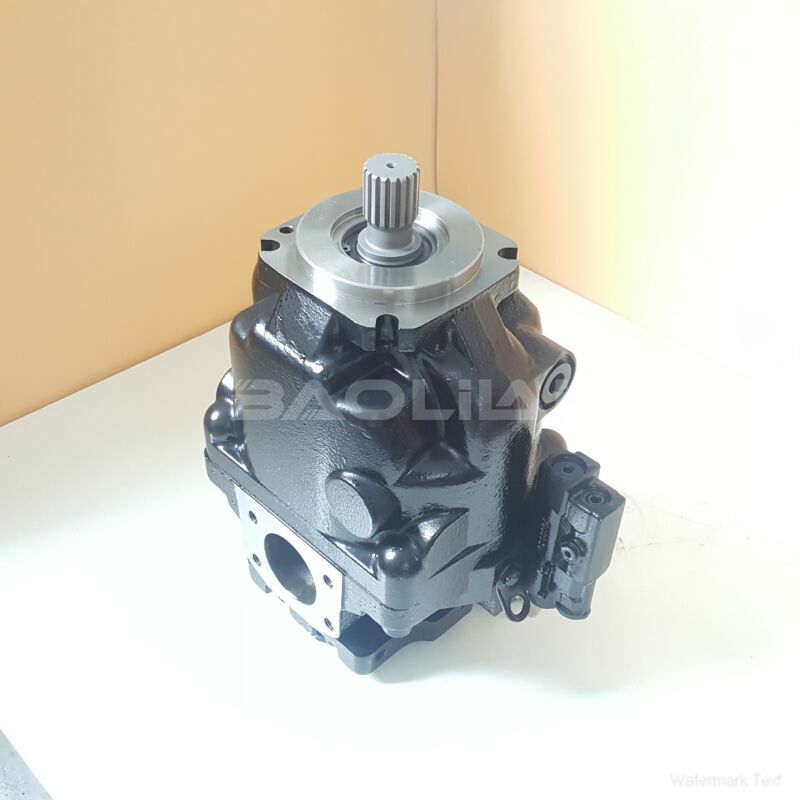ERR130BLS1820NNN3S2CPA1NNNNNNNNNN danfoss pump
ERR130BLS1820NNN3S2CPA1NNNNNNNNNN danfoss pump

- Product Details
- Applicable Scene
Slurry transport systems are integral in various industries, particularly in mining, construction, and waste management. These systems often face unique challenges due to the properties of the slurries, which can be abrasive, viscous, or contain large solid particles. One of the most effective types of pumps used in these applications is the plunger pump. This article explores the efficiency of plunger pumps in slurry transport systems, focusing on their design, operational advantages, and performance factors.
ER-R-130B-LS-18-20-NN-N-3-S2CP-A1N-NNN-NNN-NNN
ERR130BLS1820NNN3S2CPA1NNNNNNNNNN
Plunger pumps are positive displacement pumps that rely on a reciprocating plunger to move the fluid. The design of these pumps allows them to generate high pressures, making them suitable for long-distance transport of slurries. One of the primary efficiency advantages of plunger pumps is their ability to handle varying viscosities and densities of slurries without significant loss of performance. This adaptability is crucial in environments where slurry composition may change frequently.

83033152
The operational efficiency of plunger pumps in slurry transport systems can be attributed to several factors. First, the design of the pump minimizes slip, which is the unintended flow of fluid past the plunger. This characteristic enhances the overall volumetric efficiency, ensuring that a larger proportion of the pumped fluid is delivered to the discharge point. Additionally, plunger pumps can efficiently manage the backpressure often encountered in pipe systems, further improving their operational reliability.
Another significant aspect of plunger pump efficiency is their ability to maintain a consistent flow rate under varying operational conditions. Unlike centrifugal pumps, which can experience fluctuations in flow due to changes in system pressure or slurry characteristics, plunger pumps provide a steady output. This consistency is particularly beneficial in applications where precise dosing or continuous operation is required, such as in mineral processing or petrochemical operations.





